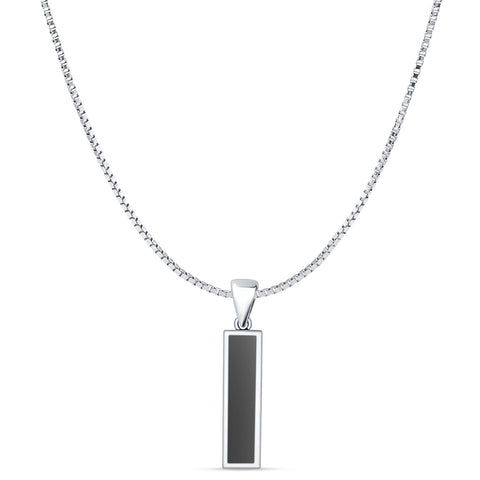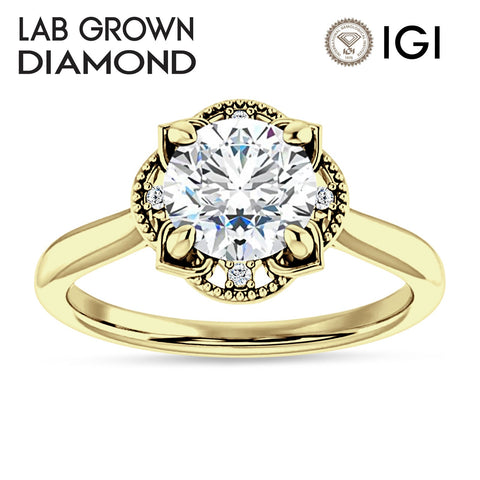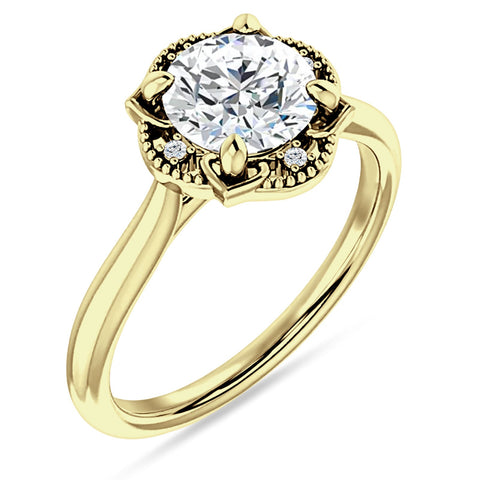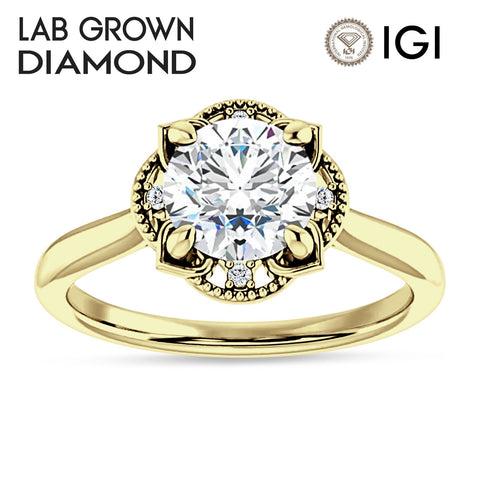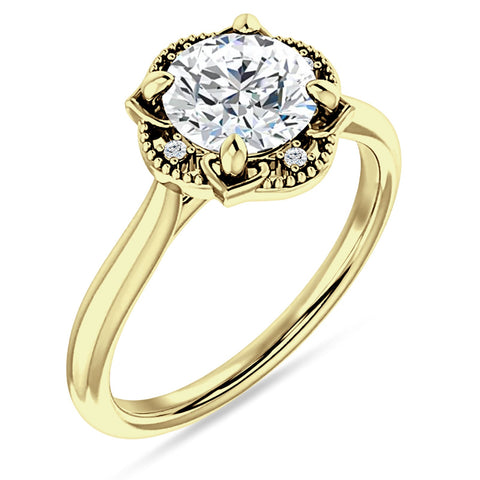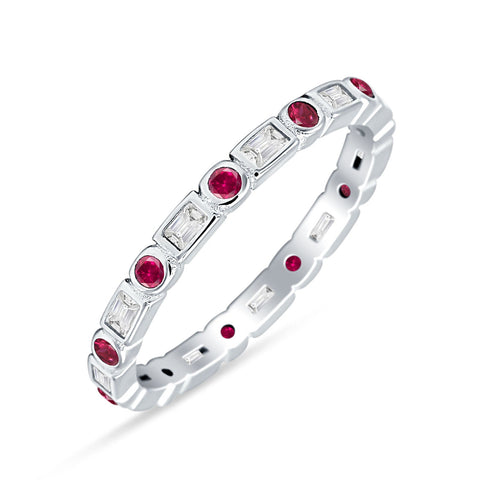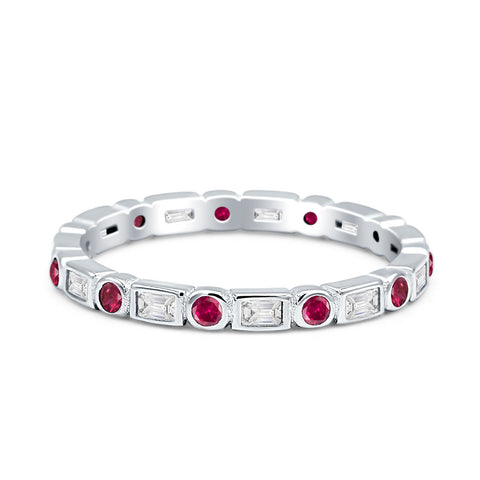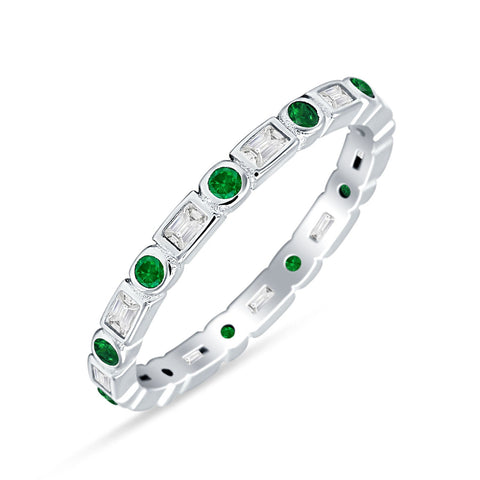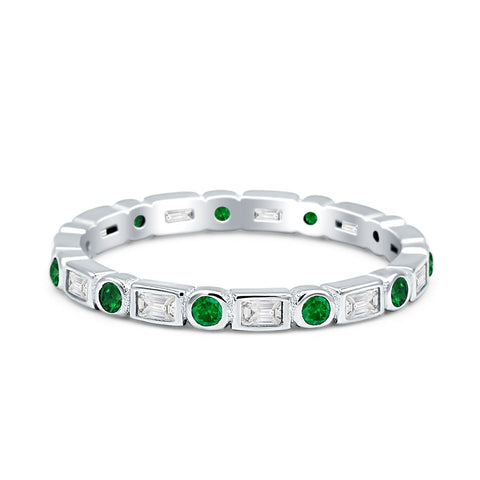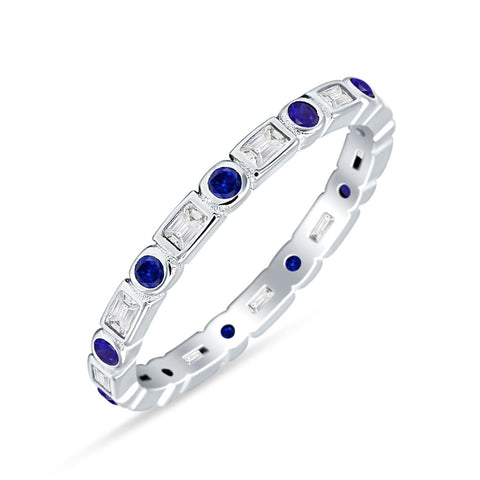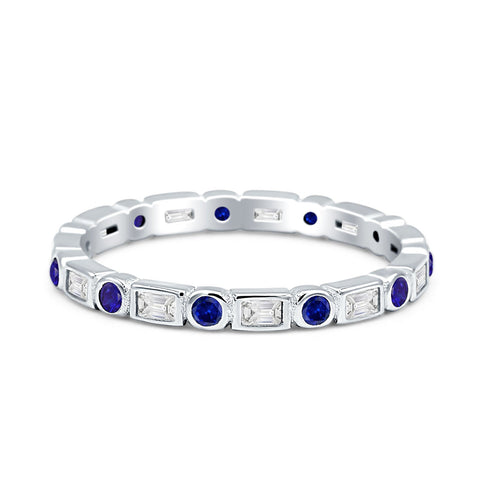Sidebar
Categories
Artículos recientes
-
BEST BRIDAL EARRINGS August 12, 2021
-
NON-ENGAGEMENT RINGS TO BUY FOR OURSELVES August 10, 2021
-
BENEFITS OF WEARING SILVER RINGS August 09, 2021
Tag Cloud
20 off
/
claddagh promise ring
/
engagement rings
/
fashion jewelry
/
fine jewelry
/
halo wedding rings
/
How to Clean Sterling Silver Jewelry
/
labor day sale
/
sterling silver earrings
/
sterling silver jewelry
/
wedding bands
/
wedding rings
/
wedding rings for women
/
why you should buy sterling silver jewelry
Featured Products
Minimalist 2.5mm Full Eternity Band CZ & Ruby CZ 925 Sterling Silver
$33.99
$22.99
-
CZ & Ruby CZ
-
CZ & Ruby CZ Black Tone Silver
-
CZ & Ruby CZ Rose Tone Silver
-
CZ & Ruby CZ Yellow Tone Silver
Minimalist 2.5mm Full Eternity Band CZ & Green Emerald CZ 925 Sterling Silver
$33.99
$22.99
-
CZ & Green Emerald CZ
-
CZ & Green Emerald CZ Black Tone Silver
-
CZ & Green Emerald CZ Rose Tone Silver
-
CZ & Green Emerald CZ Yellow Tone Silver
Minimalist 2.5mm Full Eternity Band CZ & Blue Sapphire CZ 925 Sterling Silver
$33.99
$22.99
-
CZ & Blue Sapphire CZ
-
CZ & Blue Sapphire CZ Black Tone Silver
-
CZ & Blue Sapphire CZ Rose Tone Silver
-
CZ & Blue Sapphire CZ Yellow Tone Silver
Minimalist 2.5mm Full Eternity Band Cubic Zirconia 925 Sterling Silver
$33.99
$22.99
-
Cubic Zirconia
-
Cubic Zirconia Black Tone Silver
-
Cubic Zirconia Rose Tone Silver
-
Cubic Zirconia Yellow Tone Silver
Art Deco 6.2mm Round Blue Sapphire CZ Beaded Filigree Ring 925 Sterling Silver
$45.99
$28.99
-
Blue Sapphire CZ
-
Blue Sapphire CZ Black Tone Silver
-
Blue Sapphire CZ Rose Tone Silver
-
Blue Sapphire CZ Yellow Tone Silver
Art Deco 6.2mm Round Aquamarine CZ Beaded Filigree Ring 925 Sterling Silver
$45.99
$28.99
-
Aquamarine CZ
-
Aquamarine CZ Black Tone Silver
-
Aquamarine CZ Rose Tone Silver
-
Aquamarine CZ Yellow Tone Silver
Art Deco 6.2mm Round Cubic Zirconia Beaded Filigree Ring 925 Sterling Silver
$45.99
$28.99
-
Cubic Zirconia
-
Cubic Zirconia Black Tone Silver
-
Cubic Zirconia Rose Tone Silver
-
Cubic Zirconia Yellow Tone Silver
Minimalist 10mm Dolphin Wrap Ring Cubic Zirconia 925 Sterling Silver
$30.99
$19.99
-
Cubic Zirconia Silver
-
Black Tone Cubic Zirconia Silver
-
Rose Tone Cubic Zirconia Silver
-
Yellow Tone Cubic Zirconia Silver
History of Emeralds
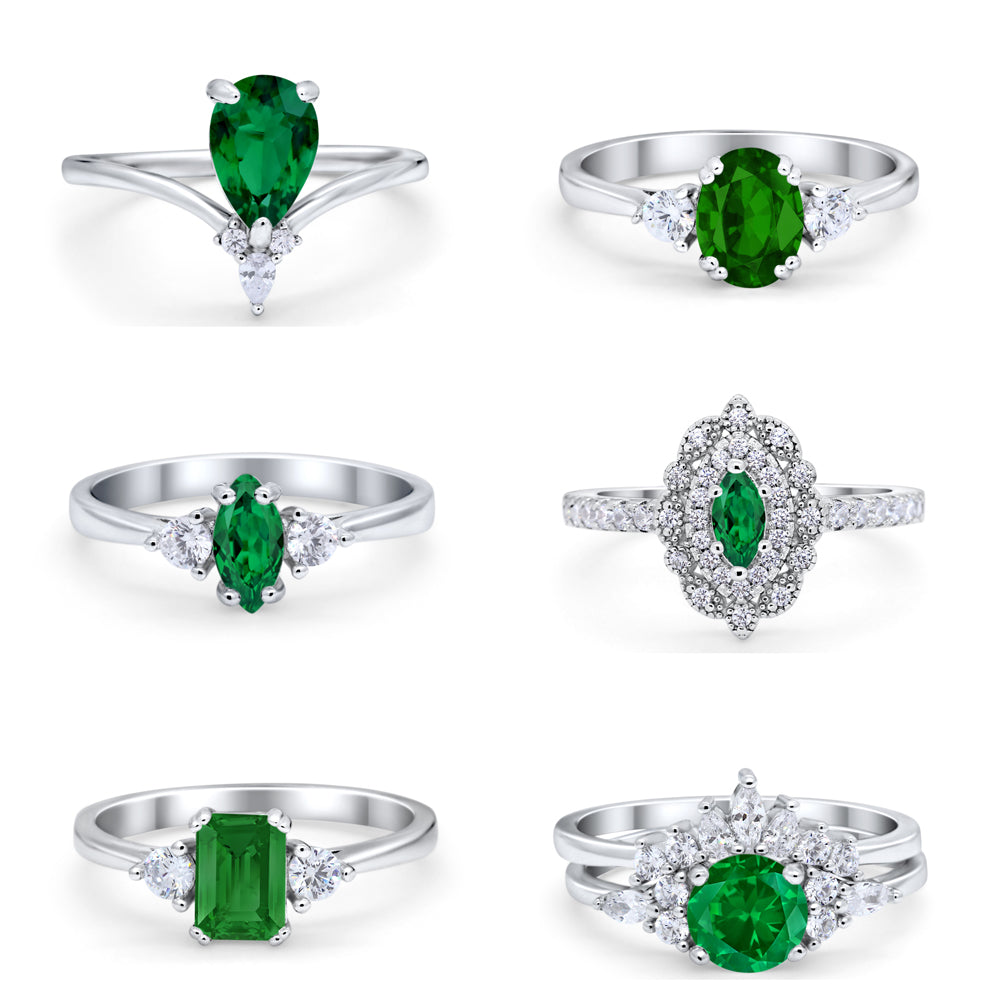
According to the oldest book in the world, the Papyrus Prisse, - Emeralds are ancient gemstones. But it was more difficult to find good words than the emerald, for it is by slaves that it is discovered among the rocks. This book is 4500 years old, but the passage was copied from a writing 1000 years earlier. The book was probably referring to the Egyptian Mines. The Cleopatra Mines were lost for a thousand years, only to be rediscovered in 1818. Today, Egypt is full of excavations and tunnels. The poor quality and small stone production explains the practical reason why the mines were originally abandoned.
The name Emerald is derived from a Persian word meaning "green gem". It changed from Greek to Latin as smaragdus, then to esmaurde, esmralde, and in the 16th century to esmeralde.
The Roman scholar, Pliny, was the first to suggest emerald was a family member of beryl. Further, Pliny stated regarding the emerald, "Indeed, no stone has a color that is more delightful to the eye, for, whereas the sight fixes itself with avidity upon the green grass and the foliage of the trees, we have all the more pleasure in looking upon the emerald, there being no gem in existence more intense than this." It was not until the early 19th century that science proved him right. It was also recorded that Nero would watch the gladiator games through flat emerald crystals.
Emeralds, when discovered in Colombia were highly prized by the Incas and Aztecs. Many other cultures have embraced emeralds as their own, and ascribe much value to the green gems, but in the sixteenth century violence became part of the emerald's history when Spanish conquistadors looted thousands of emeralds from the mines in South America. This event put South America on the gemstone map. From this time forward, royalty in many different countries looked to South America for a supply of the beautiful green emerald stones to adorn their crowns, rings, necklaces and bracelets.
Whether part of a collection of the Iranian State Treasure, a centerpiece of Russian crown jewels or a favorite of Indian Shahs, emeralds have long been associated with royalty and status. Shah Jahan of India, famous for building the Taj Mahal, was so enamored by emeralds that he inscribed his collection with sacred texts and used them as talismans.
The name Emerald is derived from a Persian word meaning "green gem". It changed from Greek to Latin as smaragdus, then to esmaurde, esmralde, and in the 16th century to esmeralde.
The Roman scholar, Pliny, was the first to suggest emerald was a family member of beryl. Further, Pliny stated regarding the emerald, "Indeed, no stone has a color that is more delightful to the eye, for, whereas the sight fixes itself with avidity upon the green grass and the foliage of the trees, we have all the more pleasure in looking upon the emerald, there being no gem in existence more intense than this." It was not until the early 19th century that science proved him right. It was also recorded that Nero would watch the gladiator games through flat emerald crystals.
Emeralds, when discovered in Colombia were highly prized by the Incas and Aztecs. Many other cultures have embraced emeralds as their own, and ascribe much value to the green gems, but in the sixteenth century violence became part of the emerald's history when Spanish conquistadors looted thousands of emeralds from the mines in South America. This event put South America on the gemstone map. From this time forward, royalty in many different countries looked to South America for a supply of the beautiful green emerald stones to adorn their crowns, rings, necklaces and bracelets.
Whether part of a collection of the Iranian State Treasure, a centerpiece of Russian crown jewels or a favorite of Indian Shahs, emeralds have long been associated with royalty and status. Shah Jahan of India, famous for building the Taj Mahal, was so enamored by emeralds that he inscribed his collection with sacred texts and used them as talismans.
